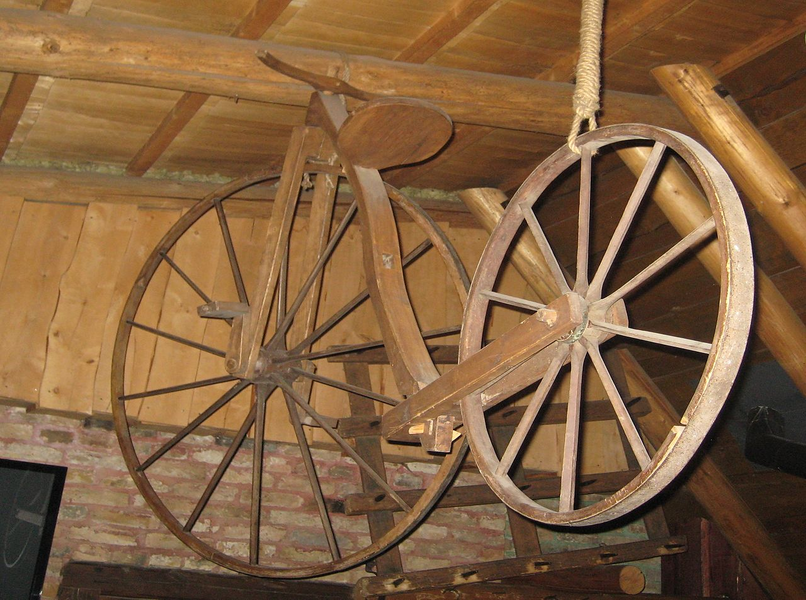@Tootyred I agree with a lot of what
@mk one said. For me, the vintage bikes are well suited to my local riding conditions, they have character, they're fun, and it's the whole package that I like: the connection with the bike and with the great outdoors. But unlike many others, I was not interested in mountain bikes in the 1980s or 90s. I passed by those magazines, catalogues, and bike shop windows with utter disinterest, so I was never sold the mountain bike spin of the time. The upshot is that I find no conflict between the bike I need and the bike I want: I've chosen or built bikes that I am comfortable on and I have no desire to be uncomfortable. Neither do I think that the choice is between speed and comfort. I'm not quicker when I'm uncomfortable. In fact, I suspect that the very idea that there is this dilemma is a product of the marketing of the time.
Now, this might sound cynical but, blinking heck, that marketing of the 1980s and 1990s really did do a number on a whole generation of mountain bikers. Often it seems like rational adults, who will be reasonably sceptical about today's bike marketing, really bought in to what those early marketing departments sold. After all, roughly three decades later, there are people on here still chasing those teenage dreams. Why? If arse-up-head-down was really so much faster, today's mountain bikes would have taken that idea further. But they haven't. The same with weight. There's an element of truth but a good dollop of marketing bullshit stirred in.
And branding! Oh my! The marketing bods succeeded there, didn't they? They created a culture seemingly obsessed with brands. The 80s and 90s saw the rapid growth of branding as a way to differentiate between functionally near-identical products. Benetton are sometimes credited with being pioneers on this front but trying to associate a company name with an ethos, a lifestyle, a spirit, spanned the commercial spectrum. Consumers didn't just buy a cola, a pair of trainers or, indeed, a bike; they bought into a brand and what it was supposed to represent, which was more than just the product being sold—it had to be more than just the product. It was not, and is not, so very different from primitive peoples identifying with their totems. But it's a modern version. So, those bikes you dreamt of as a teenager, those special models, those special brands: are they really worth pursuing now or were you young, enthusiastic and somewhat manipulated by sophisticated marketing ploys; ploys which manufacturers, advertisers, shops and magazines all reinforced, because it was in their interests to do so—not yours? Perhaps the aching back, neck, or whatever the ailment, is just the catalyst that will finally dispel the illusions that were cultivated so many years ago. A long-held illusion might be the hardest to give up, but perhaps now is the time to do just that.
